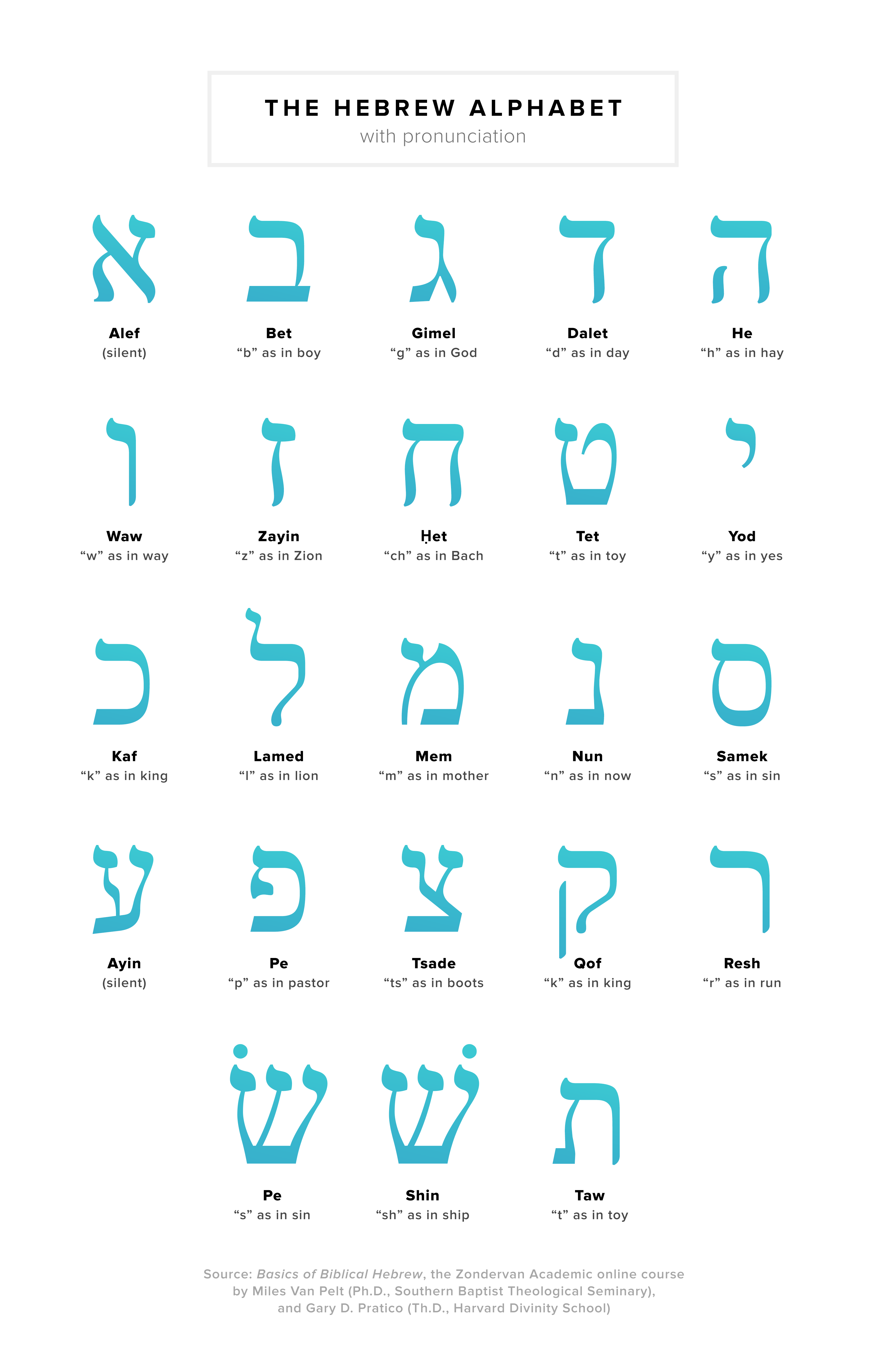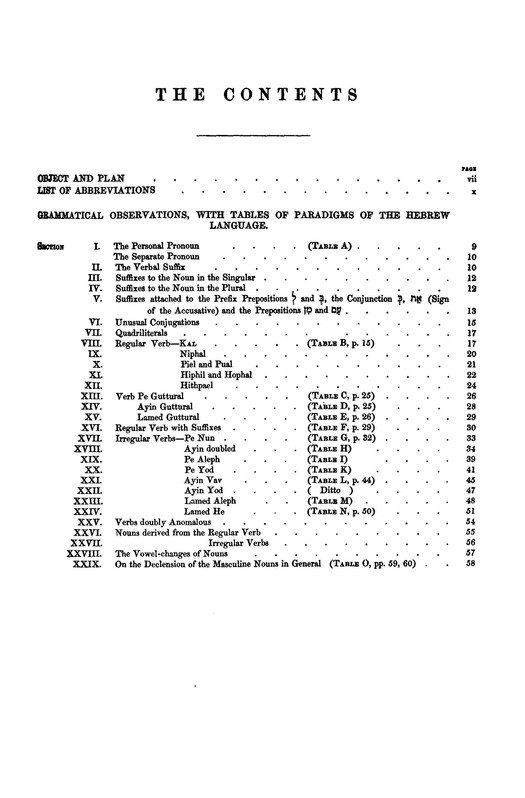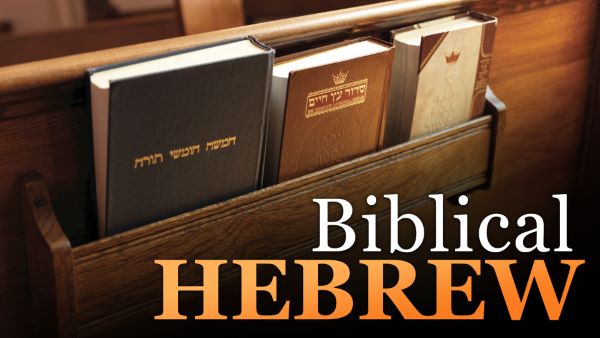Hebrew Lamed Gutteral

The hebrew definite article the word the in hebrew functions as a prefix to hebrew words.
Hebrew lamed gutteral. Hebrew roots with guttural letters focus your attention here on categories of verbs from the qal binyan with roots whose guttural letters hey het and ayin tend to misbehave central to this lecture are three rules about how gutturals behave as well as relevant examples in passages from the hebrew bible. Bayiṯ phoenician bt etc. The letter represents a voiced pharyngeal fricative ʕ or a similarly articulated consonant in some semitic languages and dialects the phonetic value. Transliterated ʿ is the sixteenth letter of the semitic abjads including phoenician ʿayin hebrew ʿayin ע aramaic ʿē syriac ʿē ܥ and arabic ʿayn ع where it is sixteenth in abjadi order only.
That is to make a hebrew word of either gender definite you add a hey before the noun. Upon completion of this certificate students will have read jonah ruth and selections from genesis exodus deuteronomy and 1 kings. Aleph therefore is preeminent in its order and alludes to the ineffable mysteries of the oneness of god. For more convenient treatment the cases will be distinguished according as the guttural is the first second or third radical.
Ayin guttural verbs part c. Lamed alef verbs let s study hebrew lesson 35 on vimeo join. The letter aleph is the father of the aleph bet whose original pictograph represents an ox strength and leader. Ayin also ayn or ain.
The names of vowels below indicate how the nekkudot are pronounced by ashkenazim as well as by modern hebrew speakers whose accent has. Bet beth beh or vet is the second letter of the semitic abjads including phoenician bēt hebrew bēt ב aramaic bēth syriac bēṯ ܒ and arabic bāʾ ب its sound value is a voiced bilabial stop b or a voiced labiodental fricative v. Pe guttural verbs part b. The letter s name means house in various semitic languages arabic bayt akkadian bītu bētu hebrew.
Sometimes the vowel under the hey changes depending on whether the noun begins with a regular letter or a guttural letter. On the other hand the verb shamar ש מר is a strong verb since none of its three root positions contains a guttural letter or a yod or nun in position i note that some hebrew grammars rather confusingly refer to the root letter positions using pey פ for i. Students will learn approximately 2000 hebrew words as well as the essential grammar of the hebrew language all while immersed in the biblical text. Notice that the shoresh for the word po al is weak since it contains a guttural letter in its second position ii guttural.
As noted the hebrew letters themselves consist entirely of consonants.














































